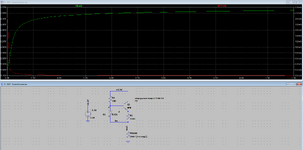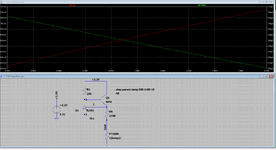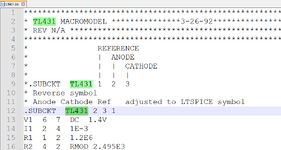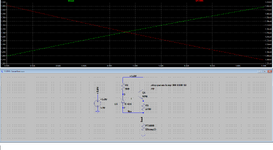engr_joni_ee
Advanced Member level 3

- Joined
- Nov 3, 2018
- Messages
- 847
- Helped
- 2
- Reputation
- 4
- Reaction score
- 7
- Trophy points
- 18
- Activity points
- 7,059
Hi, I need to change the value of PT1000 resistance from 900 Ohm to 1100 Ohm and probe the voltage across the PT1000
and also probe the current through it. I am not sure how to setup run man settings. Please guide me with the settings.
Thanks in advance.

and also probe the current through it. I am not sure how to setup run man settings. Please guide me with the settings.
Thanks in advance.




